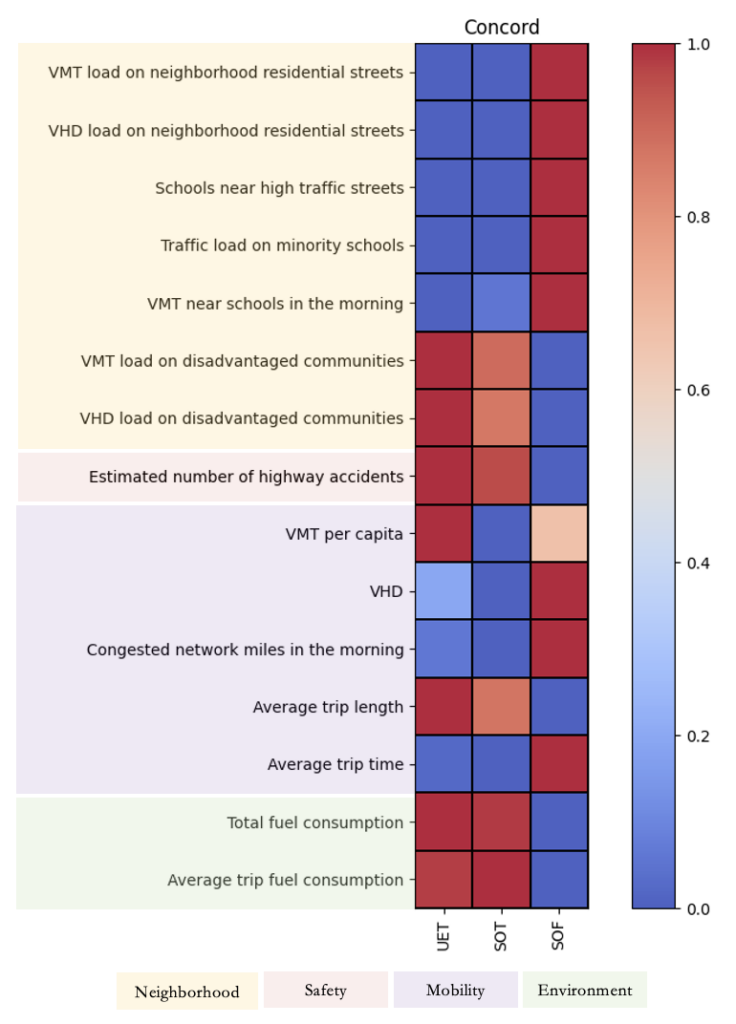Mobiliti
Regional Scale Transportation Network Simulation with game-changing possibilities and practical impacts.
mobiliti: AN Overview
How well does Mobiliti scale?
At the center of our work is Mobiliti, the cutting-edge software system that accurately simulates the movement of an entire population through a region’s road networks.
Unlike traditional simulation capabilities, Mobiliti is able to handle the incredible volume of data that comes with modeling millions of trips across an entire metropolitan system.
San Francisco Bay Area
Population of over 8 million
19M vehicle trips in a day
1M link network
Day’s worth of trips simulated in under:
4 Minutes
Los Angeles Basin
Population of over 9.8 million
40M vehicle trips in a day
2M link network
Day’s worth of trips simulated in under:
6 Minutes
The future of transportation management lies not only in understanding the intertwined nature of urban challenges, but also in proactively managing them—and that takes high-performance computing, quantitative modeling of transportation networks, and deep knowledge in urban mobility.
Dr. Jane Macfarlane
Director, Smart Cities Research Center
Methodology
Mobiliti is an High Performance Computing (HPC) simulation platform that uses Parallel Discrete Event Simulation (PDES), parallel traffic assignment algorithms, and AI/ML modeling, specifically graph neural networks for traffic forecasting. It produces large data sets with individual network link and vehicle-level metrics.
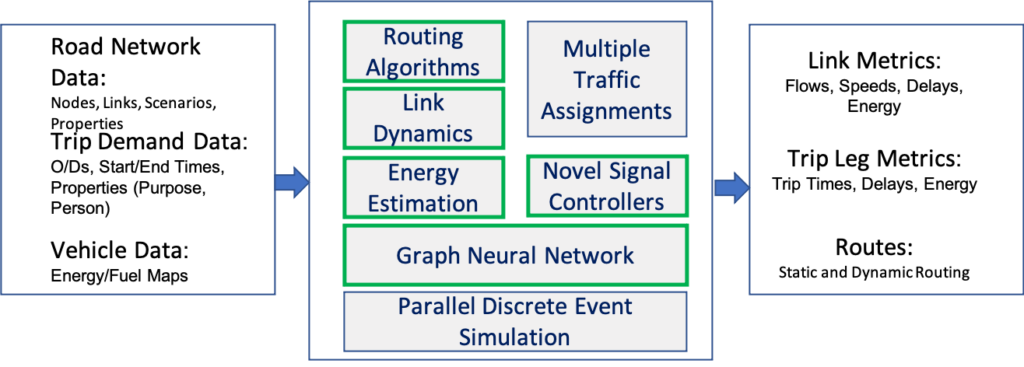
Practical Applications
Our simulations generate results that can be used by large metropolitan regions to solve pertinent challenges in regional transportation planning. The models use the SFCTA Champ 6 model for travel demand.
These figures show comparative results for 15 cities in the Bay Area including the simulated Per Capita Vehicle Hours Delay (VHD), Per Capita Vehicle Miles Travelled (VMT), and Per Capita Fuel Consumption city.
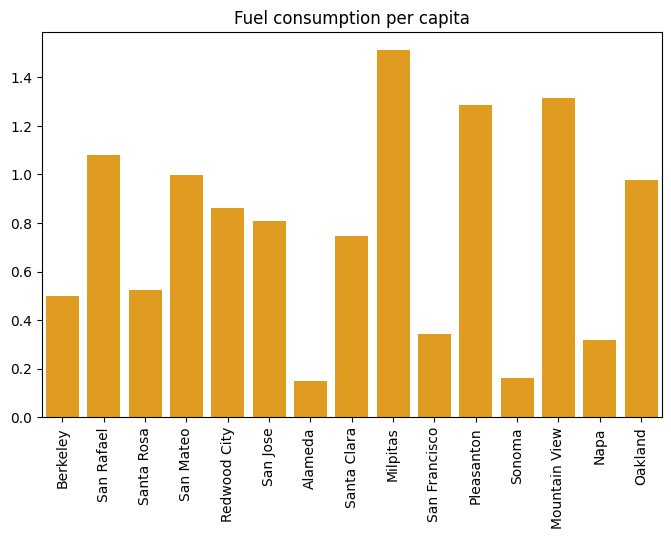
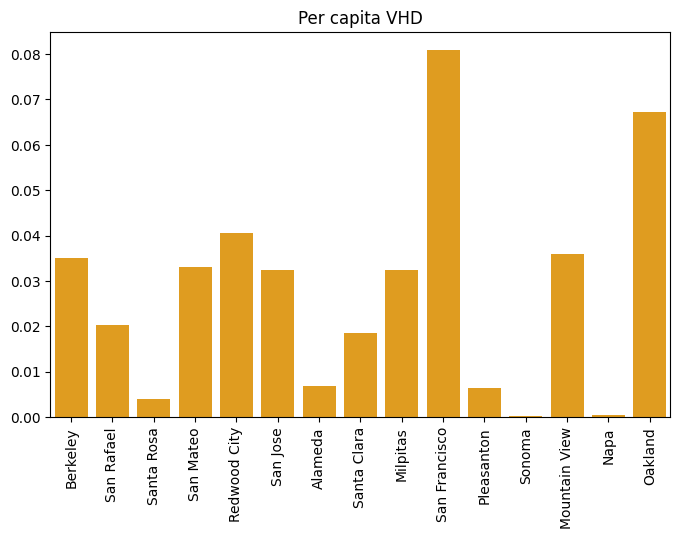
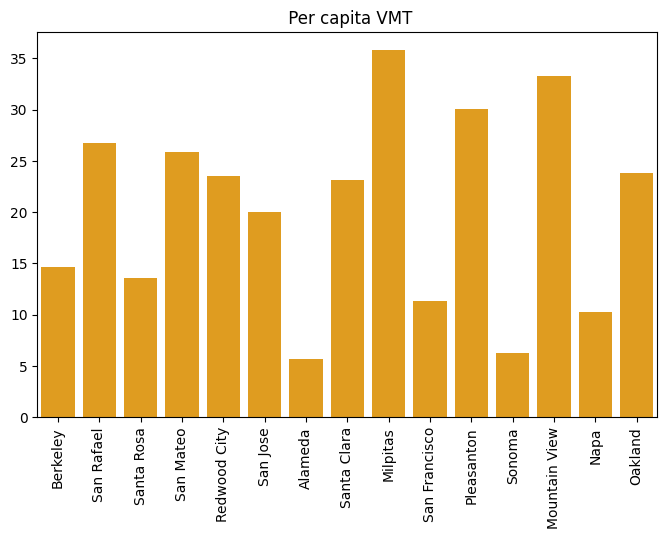
Challenge:
Vehicle Miles Travelled (VMT)
Automobile VMT Per Capita
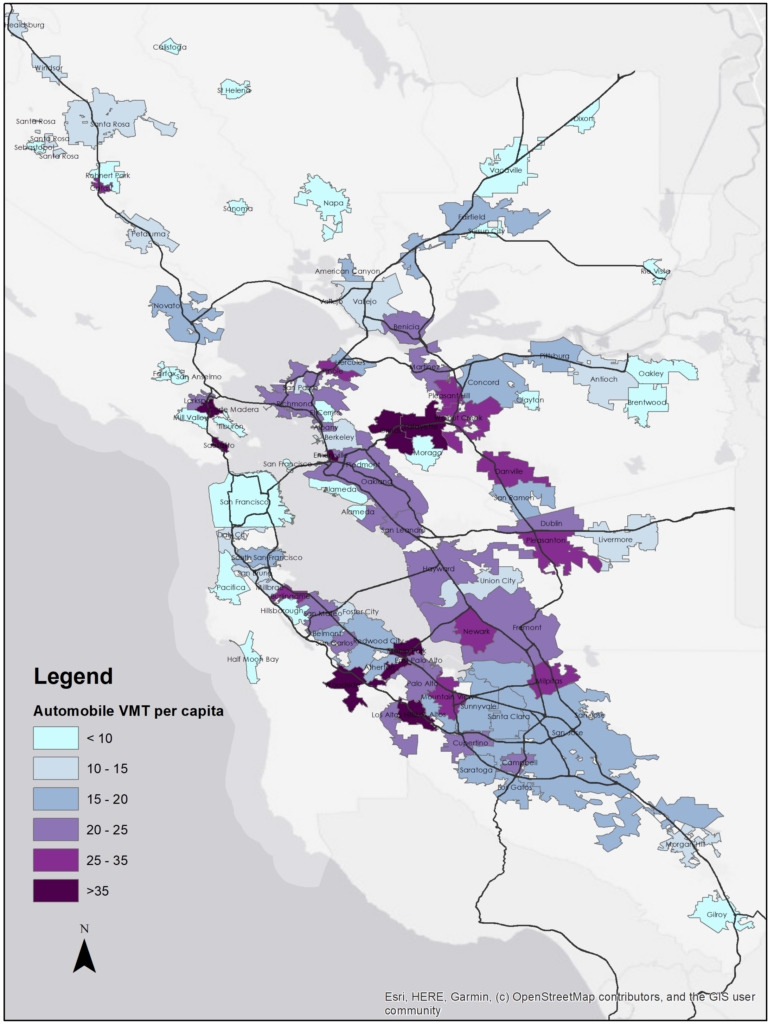
VMT Per Capita
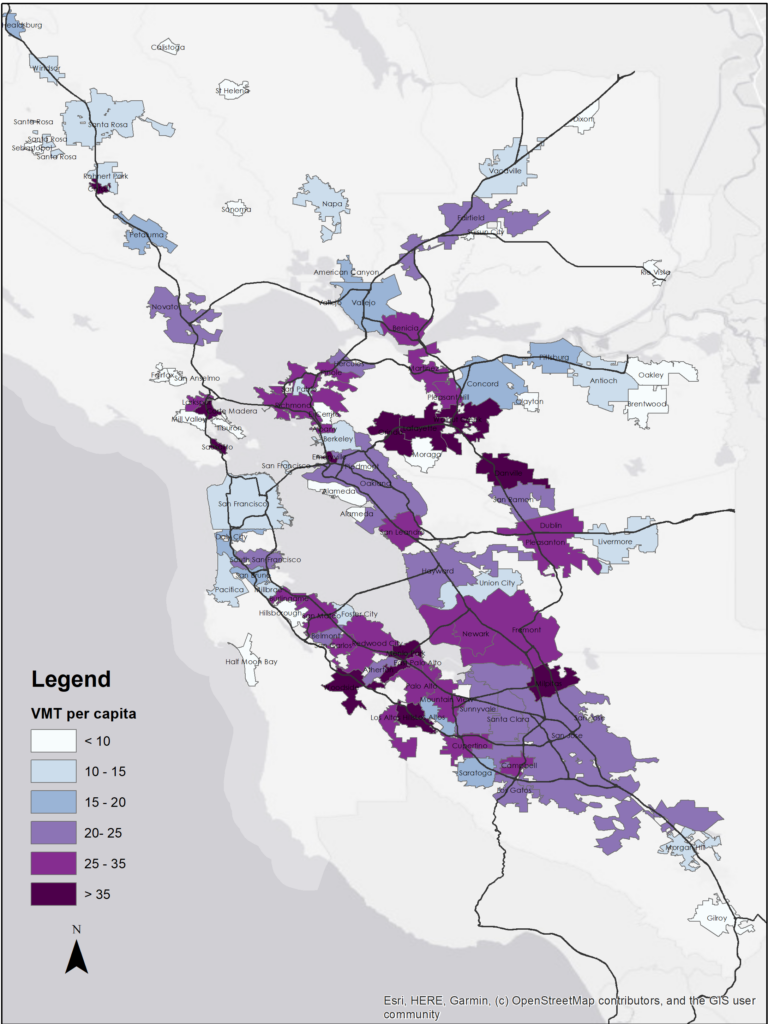
Total VMT
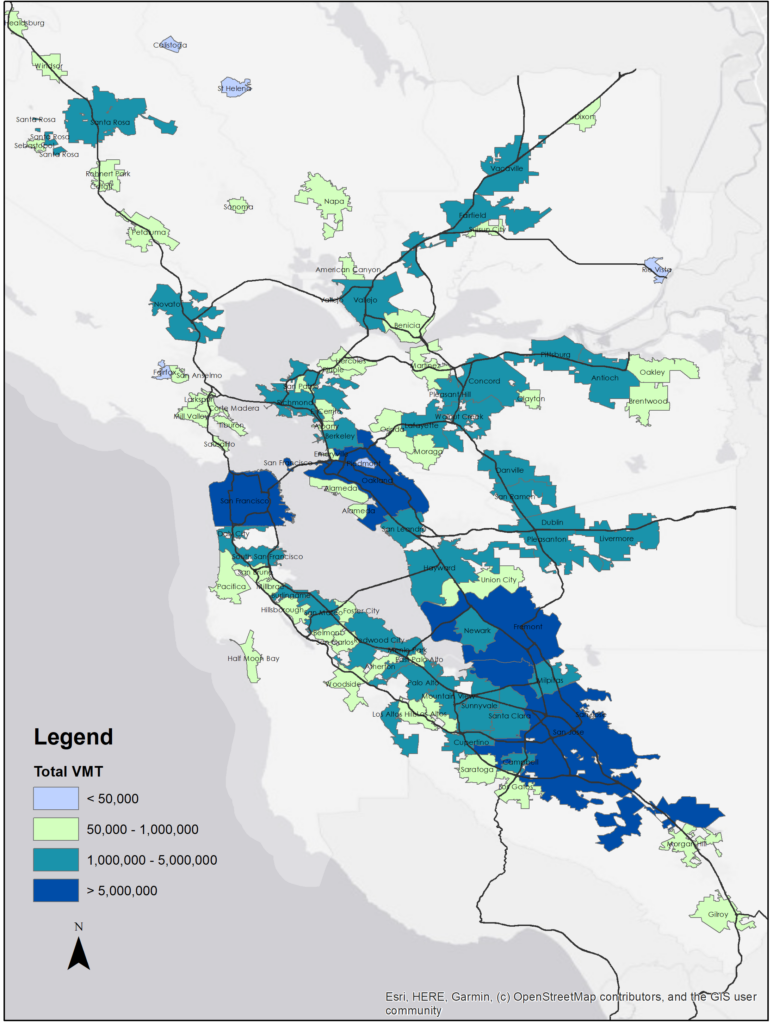
Fuel Consumption of Work Trips
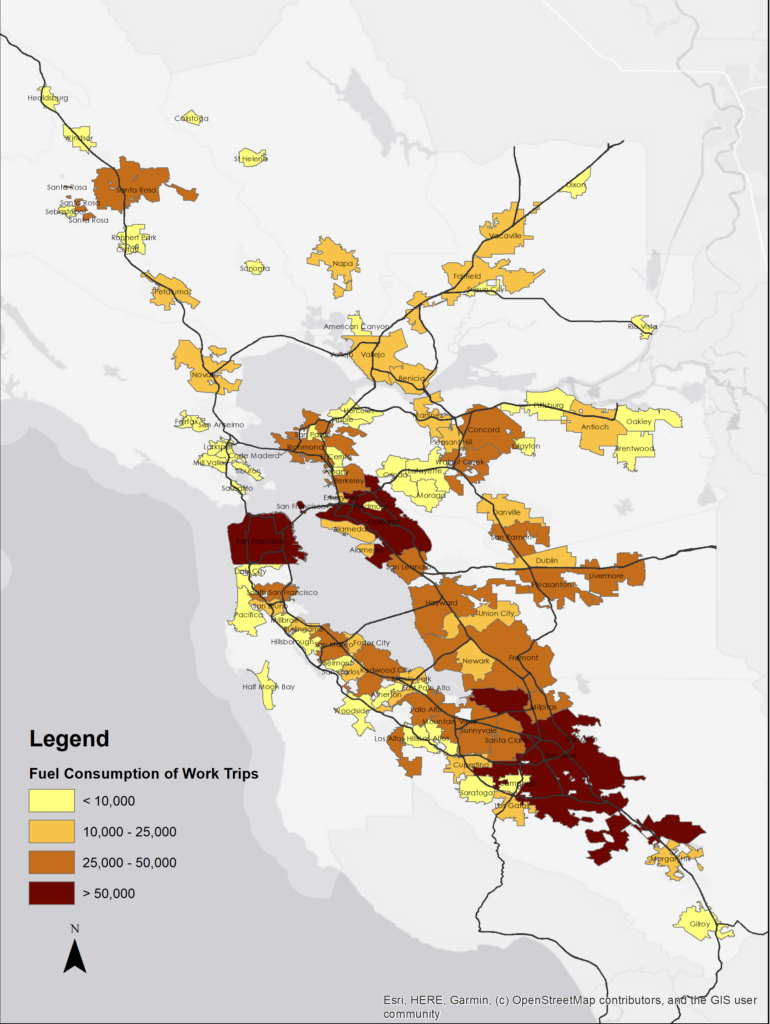
Challenge:
Bridge Event/ Failure
Bay Bridge: EW Daily Commute
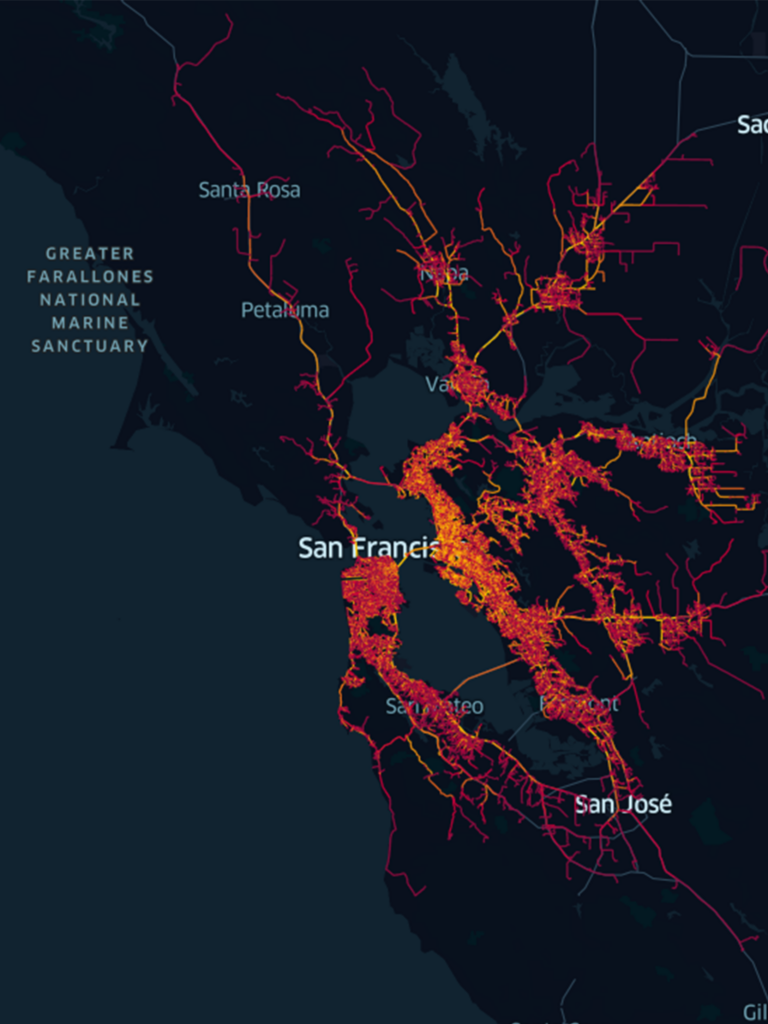
Golden Gate: South Bound
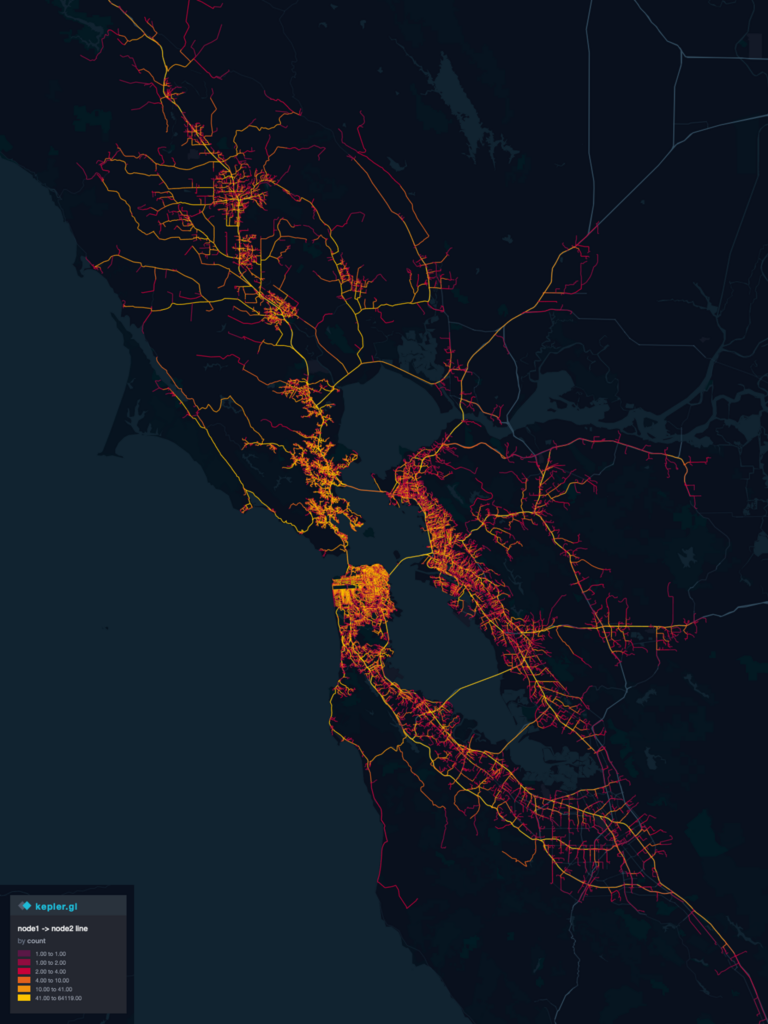
Dumbarton: East Bound
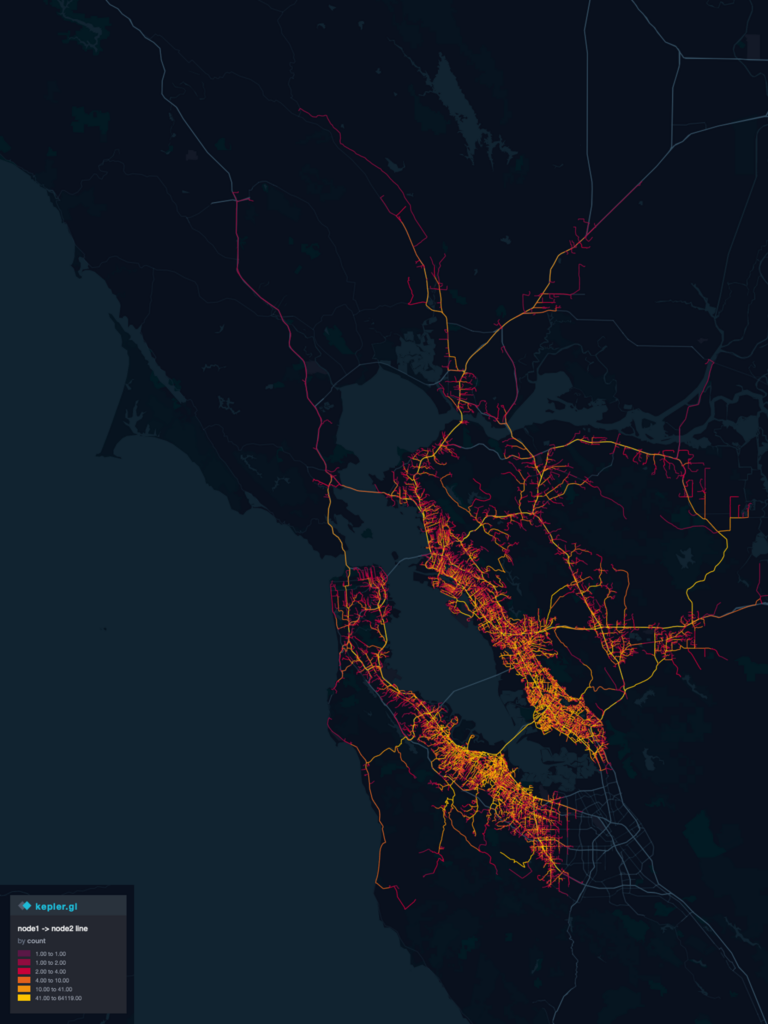
San Mateo: West Bound
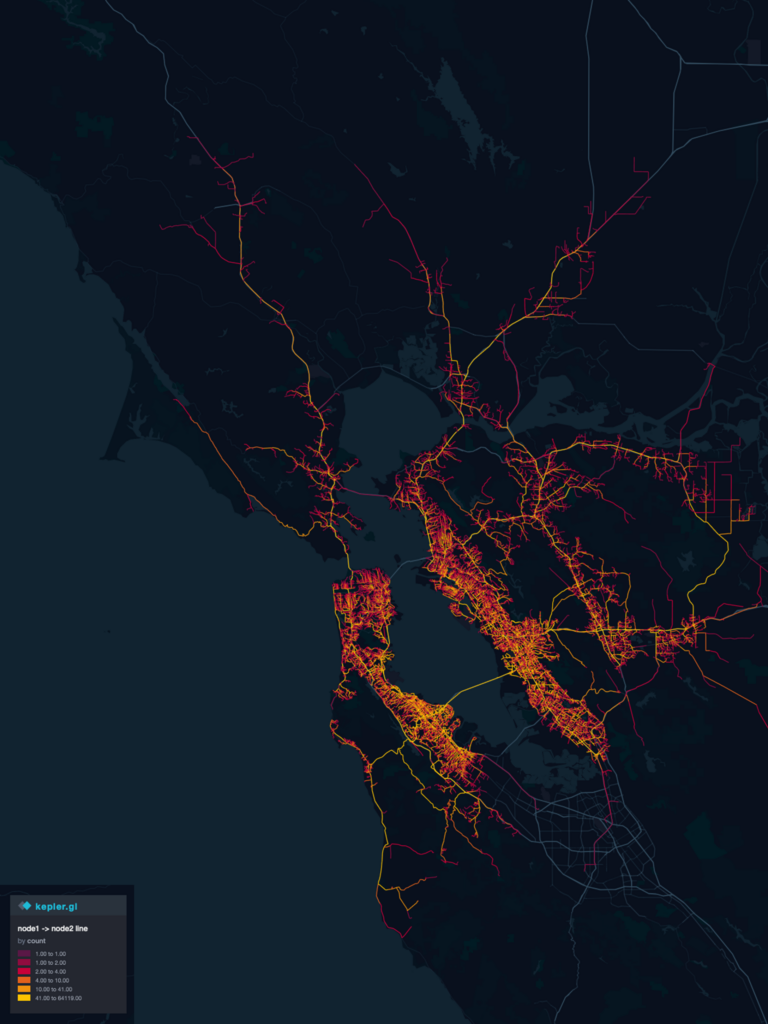
Challenge:
Socially- Aware Evaluation Framework for Transportation (SAEF)
Technological advancements are rapidly changing traffic management in cities. Navigation applications, in particular, have impacted cities in many ways by rerouting traffic. We developed a multi-themed framework called Socially- Aware Evaluation Framework for Transportation (SAEF), which assists in understanding how traffic routing and the resultant dynamics affect cities. The results show that many neighborhood impacts, such as traffic load on residential streets and around minority schools, degraded with system optimal fuel-based routing in comparison to individual travel-time routing. The findings also show that all routing strategies subject the city’s disadvantaged neighborhoods to disproportionate traffic exposure.
San Jose
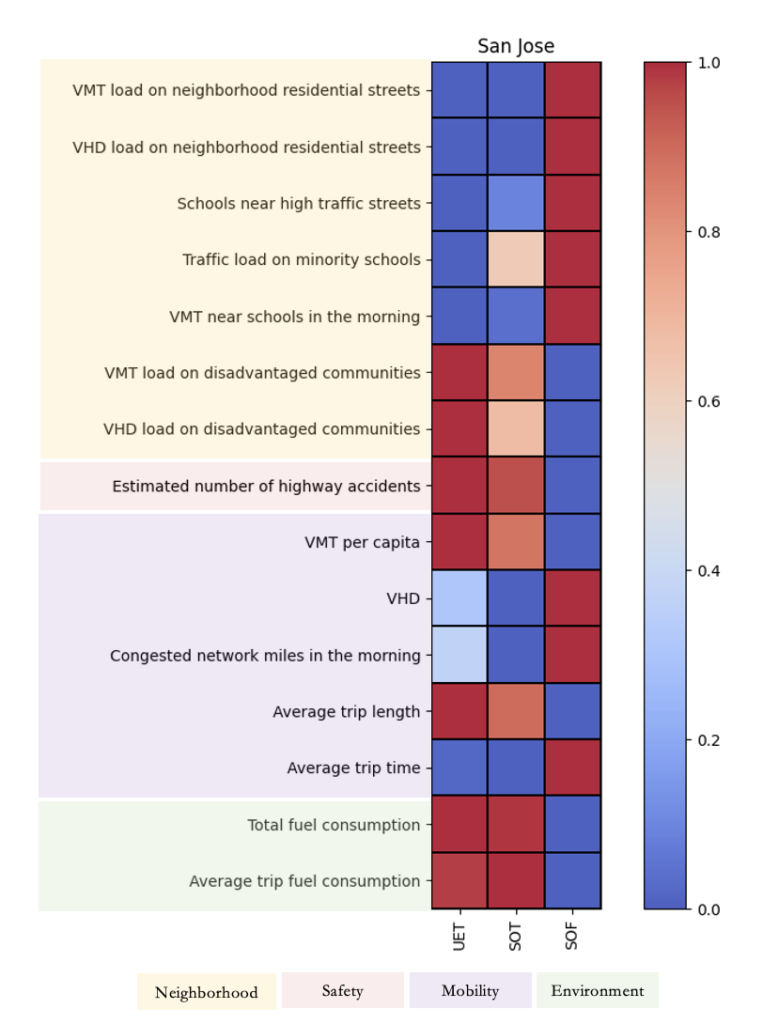
San Francisco
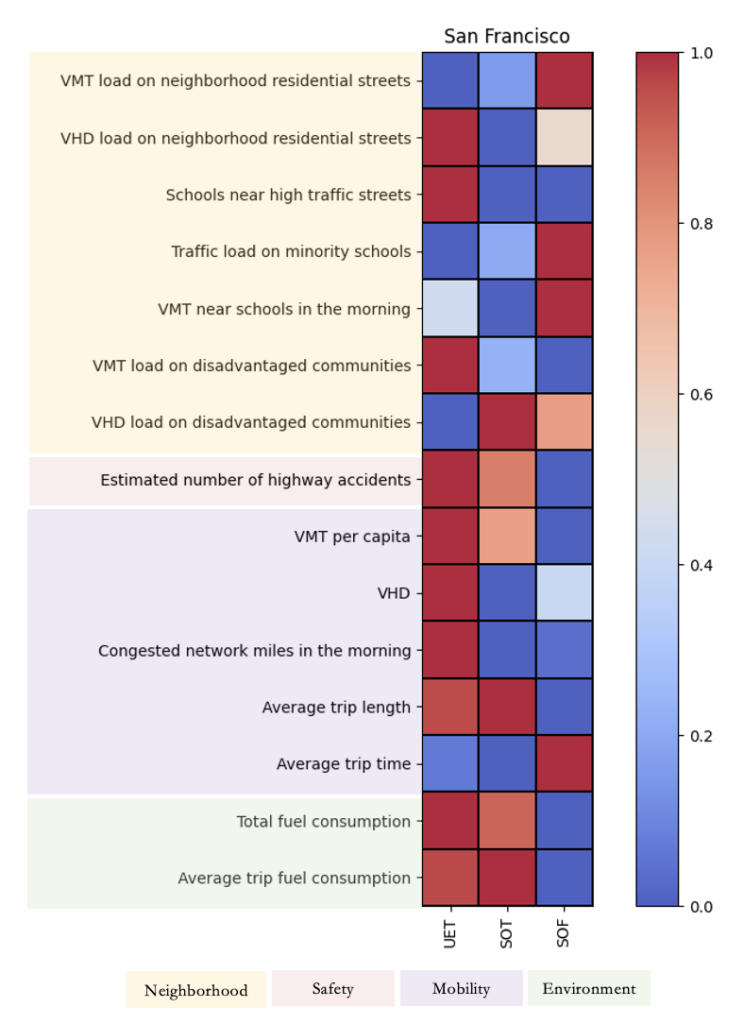
Oakland

Concord
